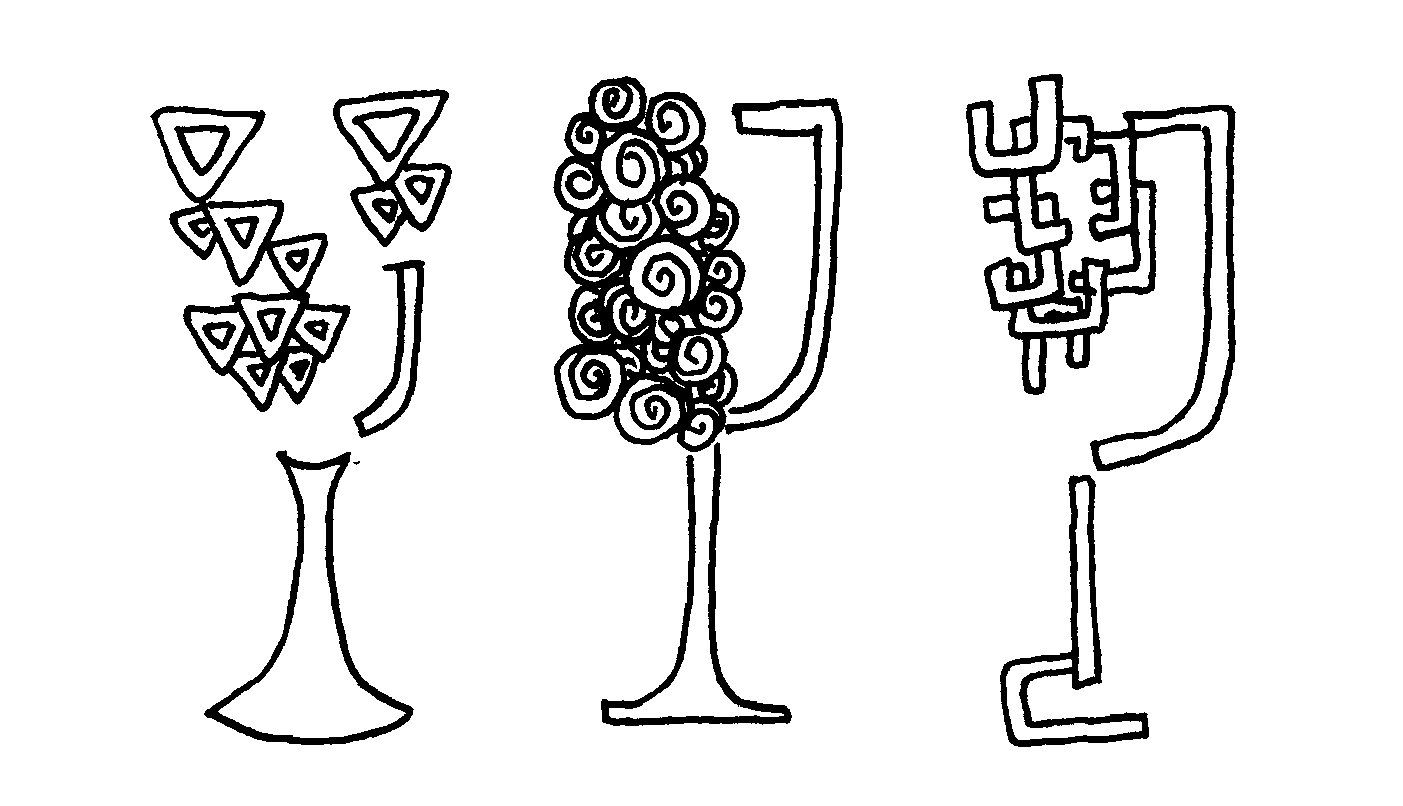Our favorite Value bubbly for a lush on a budget
Alright. Alright. So we’ve been blabbing about champagne to y’all and to the lovely members of Sunday School Wine Society for weeeeeeks now.
So what about all the other sad, little bubblies (many of whom are also delicious and wonderful) that have been neglected these past couple of weeks as we’ve proclaimed the glories of champagne?
Don’t worry, there is a time and place for so much non-champagne sparkling wine excitement.
Like, for example, Crémant!! Which is today’s sparkling wine topic.
Crémant is the world’s best bubbly for a lush on a budget
Maybe you’ve spent all your money on Legos (which are shockingly expensive these days) for your every last niece and nephew. Not to mention all the bottles of actual champagne you’ve purchased for this past month’s holiday festivities.
But it’s New Year’s Eve. You can’t buy yet another $80 bottle of champagne. But do you risk that $16 bottle of Cava? What’s the in-between?
A bubbly that’s delicious and classy, affordable—and a safe bet. Does it exist? It does. And it’s called Crémant.
What is Crémant?
A Crémant is a wine that must be…
sparkling
from one of eight specific regions in France
made using the same production method as champagne (aka the traditional method)
In short, it is the closest thing you can get to champagne without paying for the $$ of champagne.
Woo hoo!! A much-needed break for the pocket book.
How do I find a Crémant?
Look for the word Crémant on the label. Well a Crémant will say “Crémant” (pronounced cray-mont) on the label, so dead giveaway there. 😉
You can just stop there if you want. That’s all you really need to look for to find a delicious wine and a great deal.
The label will also say the specific region which it’s from. And there are only eight regions in France that are legally allowed to produce Crémants and use that term.
The eight regions are Bordeaux, Jura, Limoux, Alsace, Loire, Savoie, Die, and Bourgogne.
For example, you will see it written on the label as something like: ‘Crémant de Bourgogne’ (a Crémant from Bourgogne), or ‘Crémant du Jura’ (a Crémant from Jura) or ‘Crémant d'Alsace (a Crémant from Alsace)... You get the idea.
A Crémant will always say “Crémant” followed by the specific French region it’s from.
Each region allows its own distinct grape varieties which might include some grapes native to that region.
For example, a Crémant du Jura might be a blend of Chardonnay, Savagnin, Pinot Gris, Pinot Noir, Poulsard, and Trousseau while Crémant de Limoux usually is a blend of Chenin Blanc, Chardonnay and Mauzac*.
Why should Crémant be your go-to bubbly?
They are relatively affordable
Okay, so it’s no $8 Cook’s, but compared to the champagnes you’ve been buying, Crémants are a craaaazy good deal. You can get great ones in the $18-$30 price range.
(And in fact, if you’re gonna spend $8 on Cook’s, spending 3x as much on something that’s at least 10x as good seems like a no-brainer.)
They are always good, if not great
Of course, they run the gamut of good to amazing to incredible. But the great thing about Crémants is that, at the very least, they are always GOOD.
(Okay, so there may be duff ones out there—everything is possible!—but I haven’t yet had one I didn't like, and this bubbly-lover has had a lot of Crémant!)
So…great value. Check. Safe bet. Check.
Put Crémants on your list as your go-to perfect and delicious bubbly to impress your friends, please your palate, and not burn holes in your pockets.
And you thought it couldn’t be done!! Woo hoo!! You’re welcome. 😉
Have you had a Crémant? Do you have other budget bubbly recommendations? Let us know in the comments below!
P.S. Are you a member of Sunday School Wine Society? Watch our full-length class on all things bubbly here. Or go here to catch up on our champagne practicals (like what glass to use and how to store it, etc.). Or see all our champagne lessons here!







Champagne doesn’t always have to crowd the spotlight. There is a sparkling wine out there that is the perfect go-to bubbly that will consistently impress your friends, please your palate, and not burn holes in your pockets. Find out our absolute favorite bubbly for when you’re a lush on a budget.